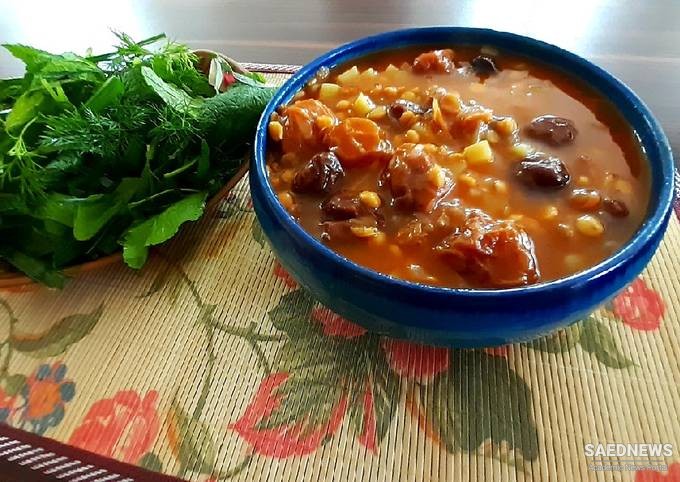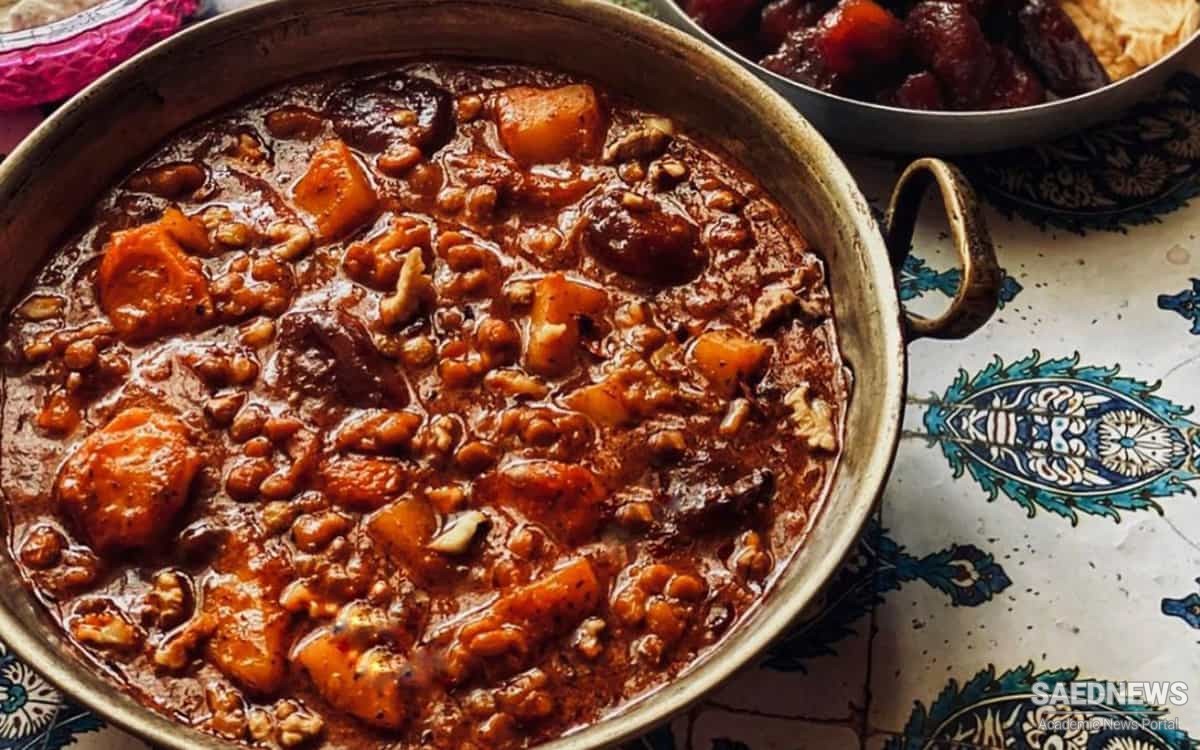There is mention of onion soup in historical reports of military campaigns of Parthian soldiers, purportedly written by Marcus Gavius Apicius, a wealthy Roman merchant and epicure. It would seem that Parthian soldiers dined on the battlefield on onion soup, thought to be the predecessor of the modern day’s Persian Onion Soup, or Eshkeneh.

How to Cook Eshkeneh
The Onions
Onions are the star of the show, so don’t skimp on them! I use 1 large onion for 2 people, and slice them, so they add to the body of the soup. White or brown onions are perfect for this, red onions just lose themselves when cooked, as far as I’m concerned. I tend to keep them for salads.
Fenugreek (Leaves) in Eshkeneh
Traditionally, fresh fenugreek leaves (shanbalileh in Farsi, methi leaves in Hindi) are used to add colour and flavour to this soup.
Most people use half the amount of leaves that I do. But I rather like the hint of curry flavour in the soup, and so I use a large handful for a recipe for 2 people. This is something you can play around with, no?
Fenugreek Leaves Substitute
- 1 large handful fresh fenugreek leaves = 2 Tbsp dried fenugreek leaves.
- No leaves at all? Get yourself some fenugreek seeds, lightly crush them and add to the recipe along with the turmeric.
1 large handful fresh leaves = 1/2 tsp fenugreek seeds.
Then, add 2 handfuls of spinach, all chopped up, as the green. - No fenugreek, in any shape or form? Use 2 handfuls spinach, chopped up as the green, and add 1/4 tsp ground cumin or cumin seeds, along with the turmeric.


 Kufteh Tabrizi the Taste You Will Never Forget
Kufteh Tabrizi the Taste You Will Never Forget














































